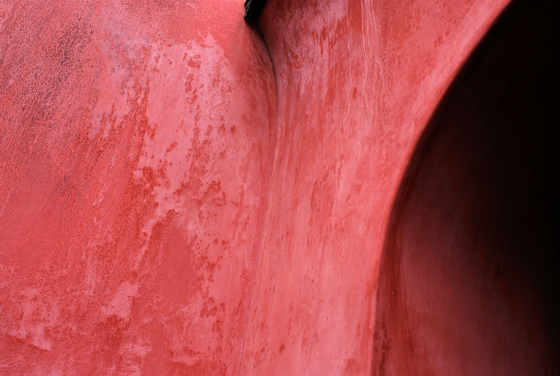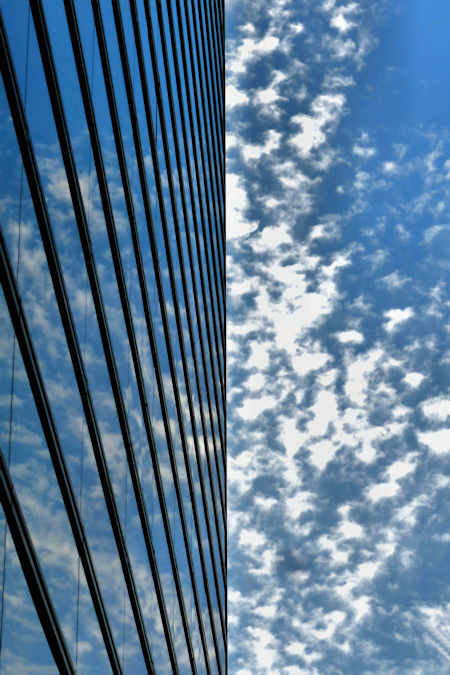Thursday, August 31, 2023
Daion-ji Temple Nagasaki
Wednesday, August 30, 2023
Tomogaura Tomokan
Labels:
Architecture,
iwami ginzan,
Japan Sea Walk,
Museum,
world heritage
Tuesday, August 29, 2023
Daikoji Temple Nagasaki
Monday, August 28, 2023
Tomogaura World Heritage Site
Labels:
iwami ginzan,
japan sea coast,
Japan Sea Walk,
world heritage
Sunday, August 27, 2023
Sofukuji Temple Ryugumon
The previous post was on one of the Chinese shrines, Tenkodo, in the old Chinese district of Tojin Yashiki.
Saturday, August 26, 2023
Hagio Amida-do Temple 47 Sasaguri Pilgrimage
The previous post in this series on the Sasaguri Pilgrimage was Tenno-in temple 36.
Thursday, August 24, 2023
Fukken Hall Tenkodo Shrine
Labels:
kyushu108,
mazu,
nagasaki,
tojin yashiki
Wednesday, August 23, 2023
Umeda Architecture Snapshots
The previous post in this series on the Kinki Fudo Myo Pilgrimage was Settsu Kokubunji Temple.
Labels:
Architecture,
kinkifudo,
nikken sekkei,
Osaka,
umeda
Subscribe to:
Posts (Atom)


































































